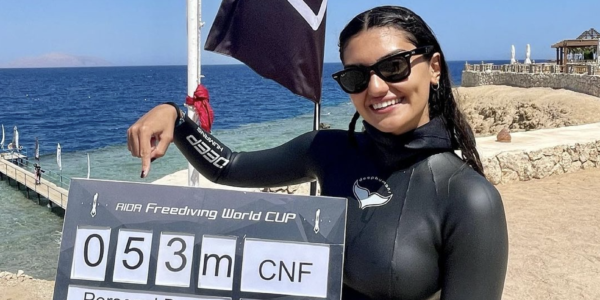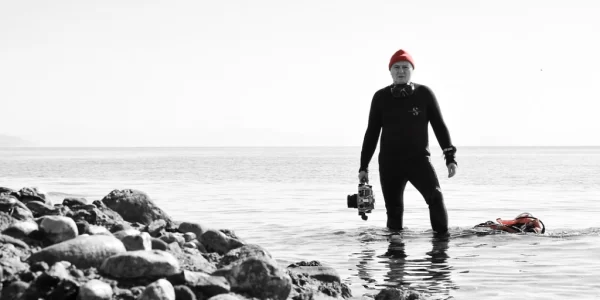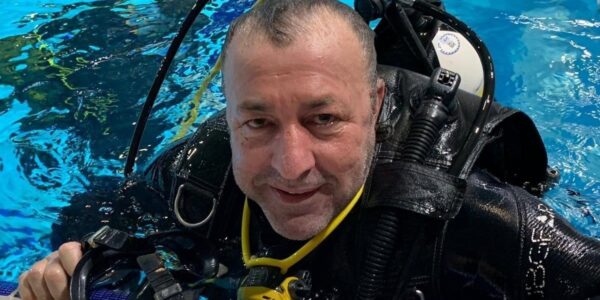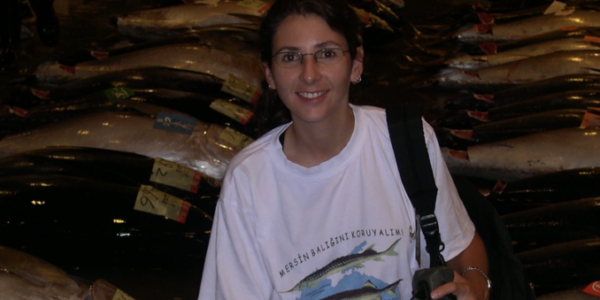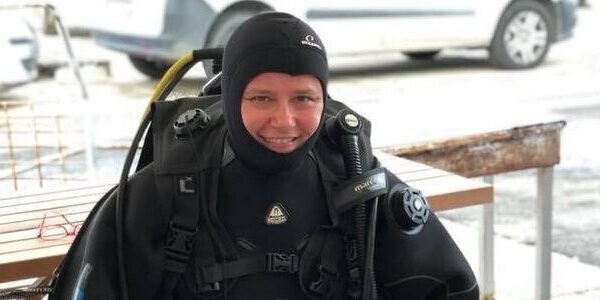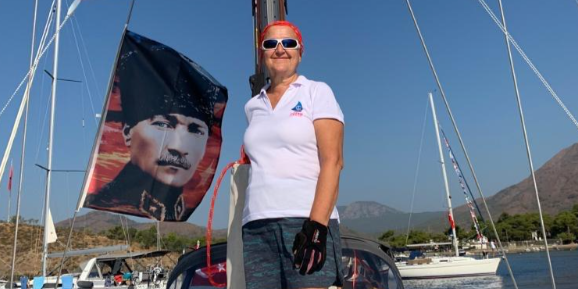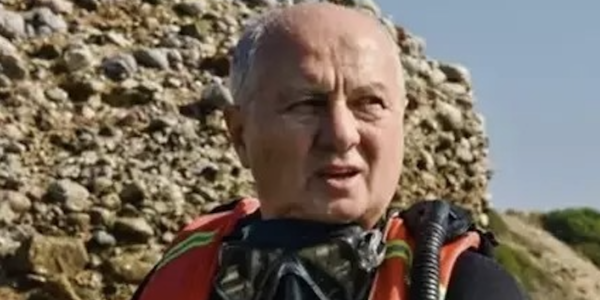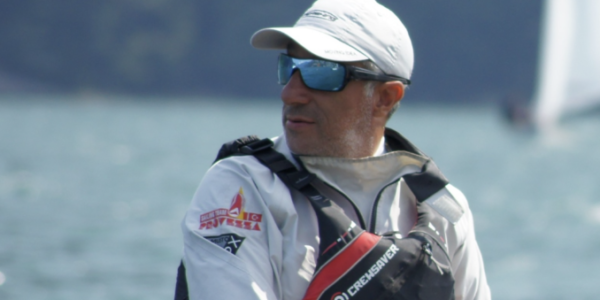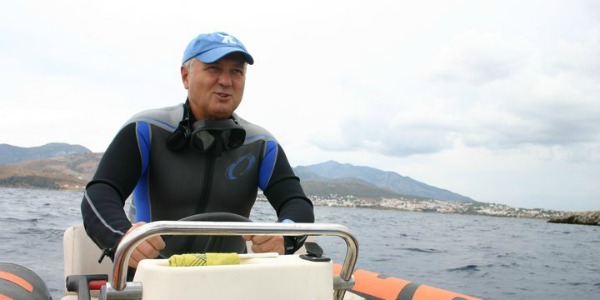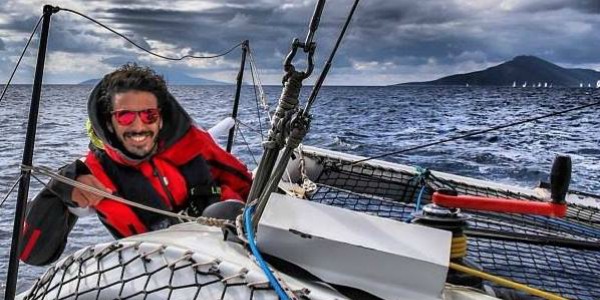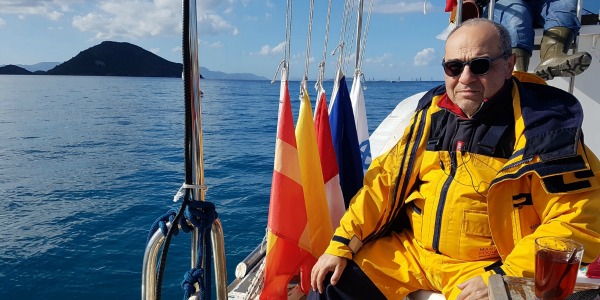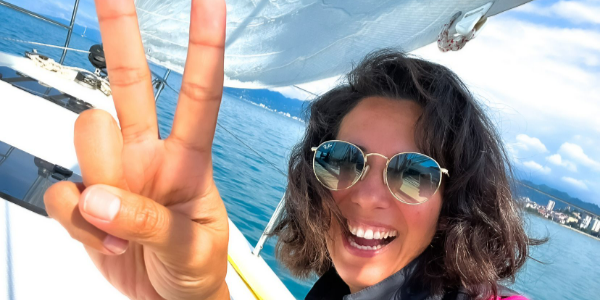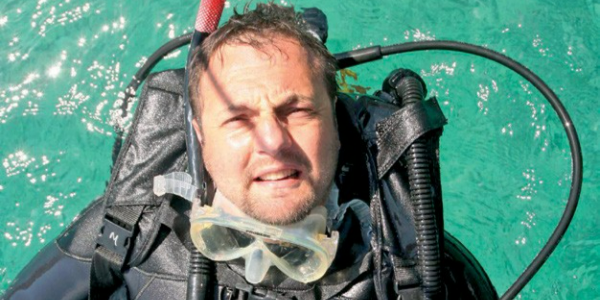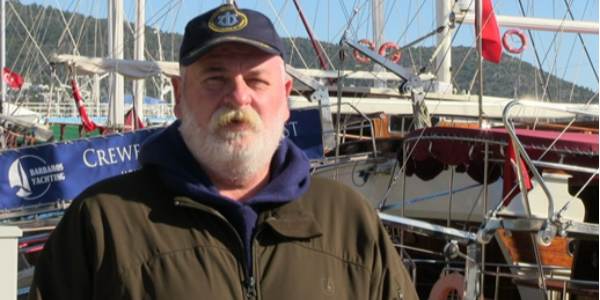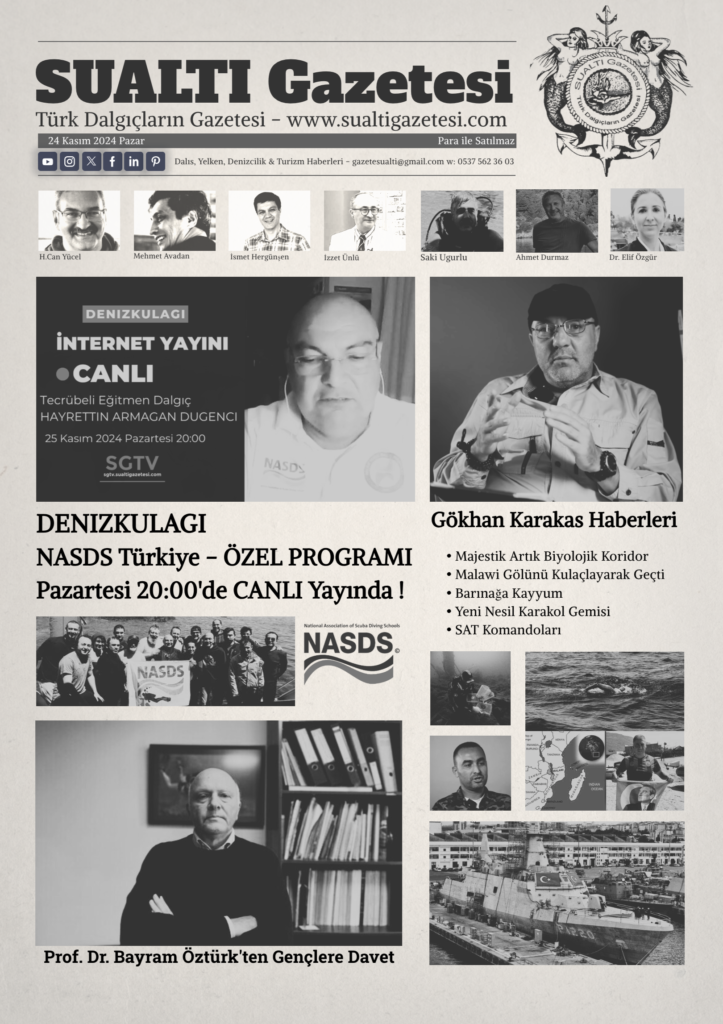No-Air Scare
Cool heads prevail when one diver runs dangerously low on air. Do you know how to handle a low-air emergency while scuba diving?
INCIDENT REPORT
DIVERS: Carlos (Rescue, 400-plus dives) and Tomas (Advanced Open Water, 500-plus dives)
SITE: Trinity Caves, Grand Cayman
CONDITIONS: Excellent — 83°F water, visibility 100-plus feet, no current, depth 105 feet
Carlos and Tomas descended the mooring line to the top of the wall, then went to the first swim-through at a depth of 70 feet. From there, they descended to their planned maximum depth of 110 feet. It was a leisurely dive, with Tomas shooting video as they began a gradual ascent. At 80 feet, the divers spotted an octopus. Tomas maneuvered excitedly to video it, spending several minutes finding angles he liked as he followed it, with Carlos tagging along.
Finally satisfied with the footage, Tomas checked his computer. To his horror, he had only 700 psi and less than two minutes no-stop time. Urgently, he signaled “up.”
As they ascended, Tomas started to swim hurriedly, but Carlos signaled him to slow. Tomas had 200 psi when they reached safety-stop depth. He signaled “up.” Carlos shook his head, instead passing his alternate second stage and holding up his SPG showing 1,000 psi. “Three minutes,” he signaled. They made the stop and final ascent using Carlos’ gas; Tomas switched back to his own to exit the water.
What They Did Wrong
Carlos and Tomas allowed shooting video to distract them. Especially on a deep dive, they should have been checking their instruments frequently to avoid low gas and no-stop time.
What They Did Right
The divers stayed together and ascended when they recognized the problem. Carlos reminded Tomas to slow down, not only for proper ascent rate, but to reduce gas use. On a deep dive with pushed no-stop time, the safety stop is important; sharing Carlos’ gas permitted the divers to complete one without the risk of Tomas running out of gas.
Five Tips from This Incident
1. If low on gas, slow down. Swimming faster makes you breathe harder. Your gas lasts longer when you fin slowly and relax as you head up.
2. If lower on gas than you’d like, ascend a bit. Even swimming 10 feet shallower will reduce your gas use, letting you get farther underwater, if necessary, before you’re forced to surface.
3. Even when surfacing at an undesirable location due to boat traffic, current, etc., don’t risk running out of gas underwater. Don’t cut it too close: Have a few hundred psi (ideally your reserve) when you surface.
4. Share resources intelligently. Buddies don’t have to skip a safety stop due to low gas if one has an ample amount for both. But if both are low, it’s generally better to skip part or all of the stop than to risk running out of air underwater.
5. Improve your deep-diving skills by taking the PADI Advanced Open Water Diver and Deep Diver courses.
Source: Sport Diver
